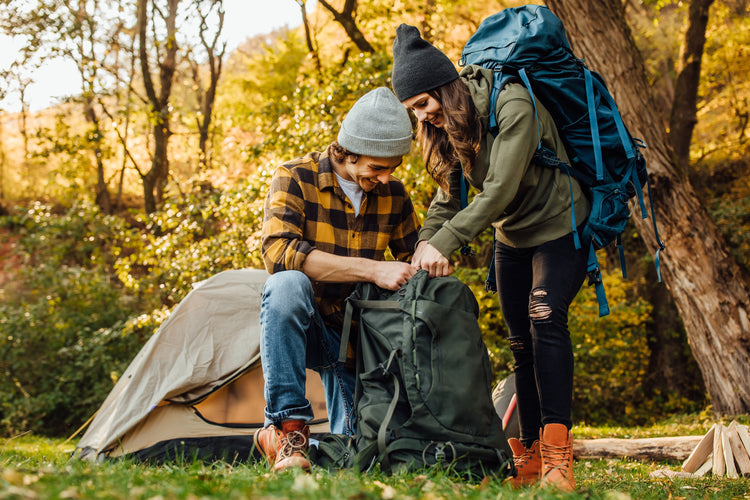
How to Choose a Hiking Backpack: Size, Fit & Features
How to Choose a Backpack for Hiking: Size, Fit & Features
Whether you're heading out for a short day hike or a multi-day mountain trek, the right backpack can make or break your trip. It’s not just about capacity — it’s about fit, weight distribution, breathability, and smart storage. Here’s how to choose the hiking backpack that actually works for you.
1. Choose the Right Capacity for Your Adventure
-
20–30L: Best for day hikes, cycling trips, or light urban trekking. Room for water, snacks, jacket, and small essentials.
→ Try the FreeRider 28L Backpack — ventilated back panel and compact design for warm-weather hikes. -
40–60L: Perfect for weekend trips or lightweight multi-day hikes. You’ll have space for a sleeping bag, tent, clothes, and cooking gear.
-
65–90L: Needed for expeditions, winter hikes, or long autonomous routes. Great for carrying heavy loads or group equipment.
→ The Trial Series 55–90L Pack is built for durability and balance in demanding conditions.
2. Make Sure the Pack Fits Your Body
Look for an adjustable torso length and padded hip belt — these shift the weight from your shoulders to your hips, reducing fatigue. A well-balanced pack should feel like it “hugs” your body.
Tip: Try the pack fully loaded before your trip. Walk around, climb stairs — make sure it stays stable and doesn’t pull back.
3. Ventilation = Comfort on the Trail
Sweaty back = uncomfortable hike. Look for packs with ventilated suspension systems like mesh back panels or arched frames.
→ The FreeRider series features the AVS Suspension System to keep airflow moving and reduce sweat buildup.
4. Pay Attention to Materials and Details
-
Durable fabrics (like ripstop polyester or Cordura) stand up to scrapes and rain.
-
Compression straps help reduce bulk and stabilize your load.
-
External pockets are perfect for water bottles, rain gear, or snacks.
-
Ice axe / pole loops, hydration bladder sleeves, and rain covers are a bonus for advanced users.
For bigger alpine trips, the Mountain Series Expedition Backpack offers even more capacity and robust support.
Final Thoughts
The best hiking backpack is the one that fits your gear, your trip, and your body. Don’t chase ultralight trends blindly — look for balance, durability, and thoughtful design.